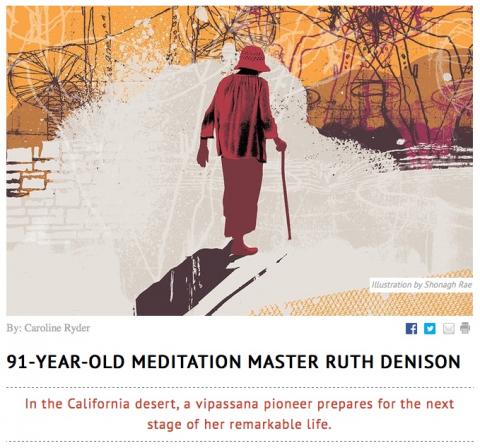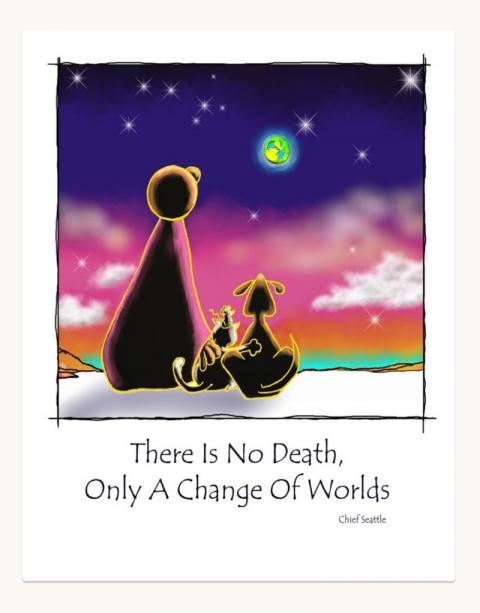If you ever wondered how much it costs to have your thyroid removed, the answer seems to be $33,000. And that doesn’t include the costs of everything else related to the process, including initial identification, biopsies, heart tests, radiation treatment, etc. The total cost for the last 4-5 months is probably over $60,000.
Scala, Java, Unix, MacOS tutorials (page 16)
John Mellencamp and his band, playing at the Ellie Caulkins Opera House, Denver, Colorado, last night, July 31, 2015. Click the image for a large, hi-res image. (I was seated in the third row, woo-hoo.)

Don’t you draw the queen of diamonds, boy,
She’ll beat you if she’s able,
You know the queen of hearts is always your best bet.
~ Desperado, The Eagles
Your eyes, ears, nose, tongue, body, and mind all deceive you. The true you is without the six senses.
~ Zen Master Seung Sahn
“Better to be on the edge of a party, don’t you think?” Good line, great movie.

At one point when I was recovering from a surgery I wasn’t feeling very well, so I ended up watching a lot of movies, including 13 Going on 30. I was struck not only by the humor of this particular scene in the movie, but also the empathy.

This photo was taken somewhere in British Columbia, Canada. I know where, but I’m not telling. :) The thing I don’t know is whether these trees are Aspen or Cottonwood or White Birch. I suspect that they are White Birch or Paper Birch, but I could easily be wrong, as I haven’t looked into it much, and didn’t ask any of the locals.

Here’s a story on 91-year-old meditation master Ruth Denison.

The famous Henry Ford quote: “If I asked people what they wanted, they would have said ‘faster horses’”.

“There is no death, only a change of worlds.”
~ Chief Seattle
This is one of many cute cards/images from the Great Cosmic Happy A** website.

Scala/Ammonite FAQ: How do I use ZIO 2 in the Ammonite REPL?
Solution
ZIO can be added into the Ammonite REPL as a managed dependency by using Ammonite’s import $ivy syntax:
Maharaji often said “Sub ek,” which is translated as, “All one,” or, “All is one.” Per my collection of Ram Dass books, he said this in other ways as well:
“Everywhere I look I see only Ram (God).”
“See no difference, see all the same.”
“You can’t realize God if you see differences.”
(There are many more instances, but that’s good enough for today.)
~ Maharaji (Neem Karoli Baba).
quoted in Miracle Of Love
“Stay in the ajna chakra (the point between the eyebrows, also known as the third eye) and think only of me.”
~ Maharaji (Neem Karoli Baba), talking to Ram Dass,
quoted in Miracle Of Love
When some devotees questioned him about hatha yoga — a physical method of attaining union with God — Maharajji told them: “Hatha yoga is okay if you are strictly brahmacharya. Otherwise it is dangerous. It is the difficult way to raise kundalini. You can raise kundalini by devotion and by feeding people. Kundalini does not necessarily manifest as outer symptoms; it can be awakened quietly."
~ Maharaji (Neem Karoli Baba).
quoted in Miracle Of Love
If you are free of attachment, you will lead a simple life in a simple environment.
~ Maharaji (Neem Karoli Baba).
quoted in Miracle Of Love
Meditate to raise the kundalini. Think about God, it will go right up.
~ Maharaji (Neem Karoli Baba).
quoted in Miracle Of Love




